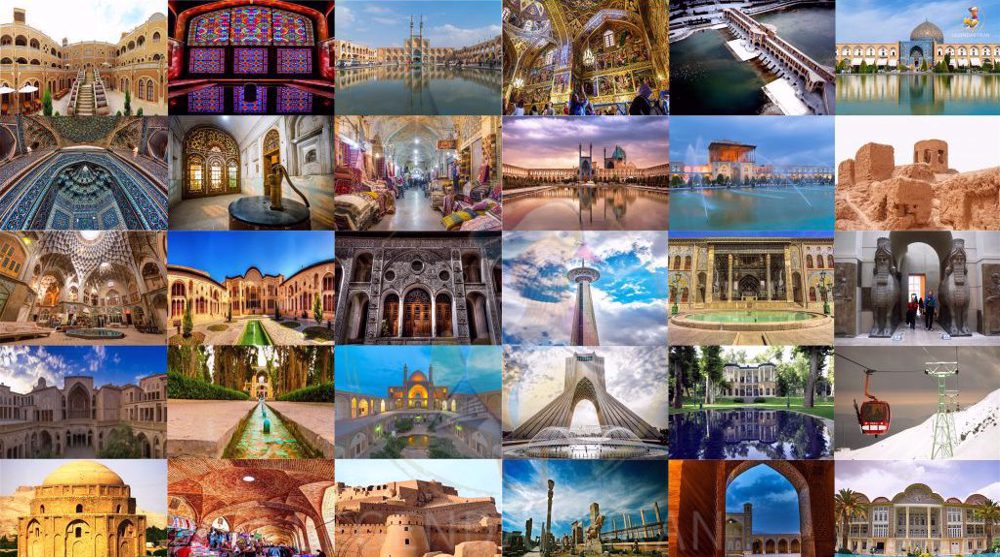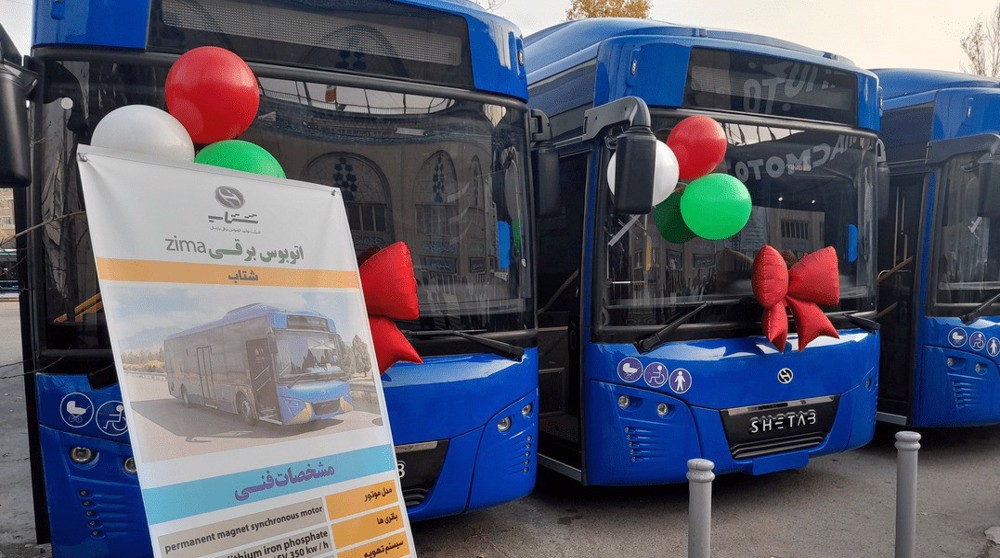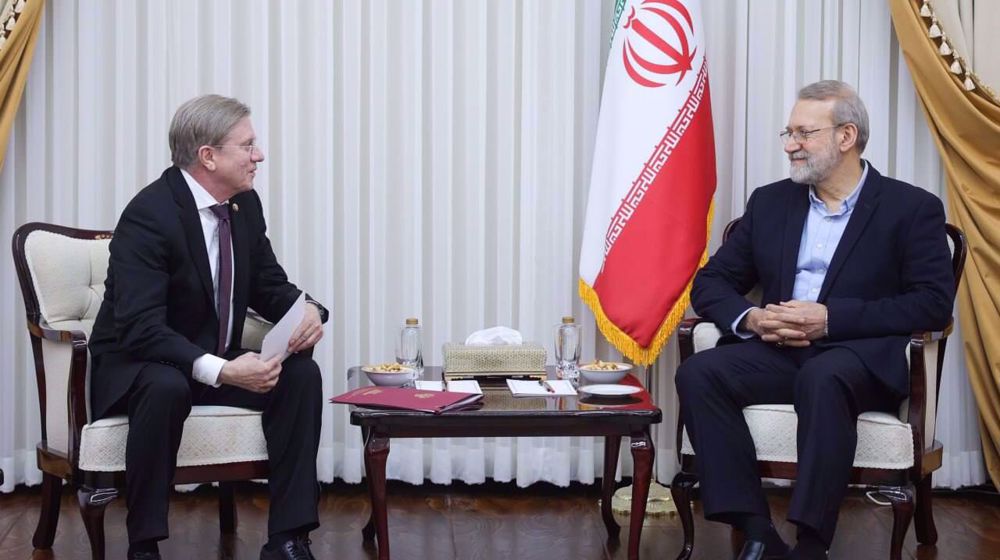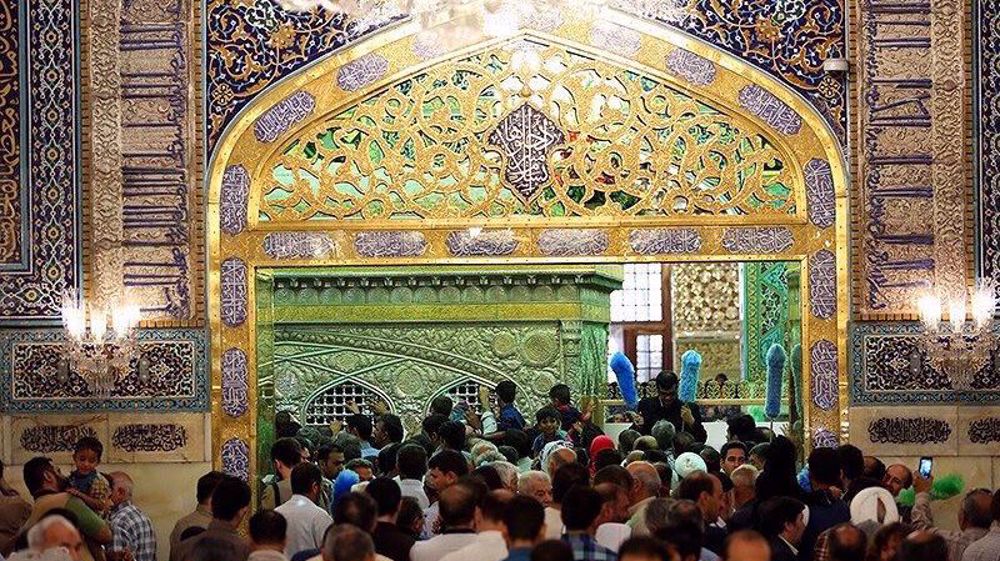Role of tourism in evolving Iran-Russia relations
Relations between Iran and Russia have been expanding in all directions during the last two decades, fitting into a broader level of cooperation.
Historically, ties between Russia and Iran have been multi-faceted, wavering between collaboration and rivalry. The two nations have a long history of geographic, economic, and socio-political interaction, where mutual relations have often been turbulent, and dormant at other times.
This relationship has undergone significant development recently, however, driven by an alignment of policy vision where Moscow and Tehran subscribe to a more pluralistic view of the international order, favoring sovereign internationalism over liberal interventionism.
The strengthening of ties can be traced back to 2015, when the two countries found themselves aligned in their effort to prevent the West from toppling Syrian President Bashar al-Assad. Their shared campaign laid the groundwork for a broader expansion of channels between Moscow and Tehran.
Following President Ebrahim Raeisi’s ascent to office 2021, Iran witnessed several shifts in its foreign policy pursuits and overall agenda, including an increased focus on relations with Russia and China.
In contrast to former Iranian president Hassan Rouhani, President Raeisi limited outreach to Western powers, skeptical of the intentions of the US which betrayed the Islamic Republic’s rare trust with its unilateral withdrawal from an international nuclear accord.
The new administration’s ‘Look East’ policy, instead, paid instant dividends where Russia provided Iran with several “wins”, including facilitating the country’s membership in Shanghai Cooperation Organization. This helped bolster Iran’s growing influence and resilience in the face of Western pressure.
The budding relationship quickly grew intimate, marked by the cancellation of visa requirement for their tourists in 2021. According to the agreement, the citizens of the two countries are able to visit the other country without obtaining a visa for tourism purposes, provided that they are in a group of up to 50 people and the travel period does not last more than 15 days.
The agreement came into effect in October 2023, and the first group of Iranian tourists arrived in the North Caucasus in Russia, including the republics of Dagestan, Chechnya, Ingushetia, and North Ossetia.
The tourism industry is important for both Iran and Russia. Before the coronavirus pandemic, Russia had a tourism carrying capacity of more than 10 million people, generating $10 billion in revenues. The country aimed to raise this to $28.6 billion by 2035, but the war with Ukraine put the brakes on the plan.
Tourism is also important to Iran, one of the richest countries in the world for its historical, natural and recreational attractions. It has more than 4,000 tourism sites, ranking 10th in terms of ancient and historical attractions, 5th in natural attractions, and 3rd in terms of variety of handicrafts.
According to the World Travel and Tourism Council (WTTC), the tourism industry in Iran doubled in size in 2022, employing 1.44 million people for the first time.
Tourism accounted for about 4.6% of Iran’s economy in 2022. The income has steadily been growing and it grew from about $1.9 billion in 2020 to $2.5 billion in 2021 and $6.2 billion in 2022.
The industry has been of interest to both Iran and Russia, featuring ubiquitously in their cooperation agreements. For example, in April 2023, a memorandum was signed with the goal of strengthening tourism cooperation.
The aim was to support the increase in tourist travels between the two countries, develop human resources in tourism sectors, help innovation in the field, especially through introducing their cultural heritage and natural and recreational attractions, exchange of experts, experiences and information and development of historical, cultural, nature tourism and creation of new marine tourism routes.
Tourist travels between Iran and Russia have always been afoot due to geographical proximity. In 2022, the number of tourists between the two countries doubled to 42,400 from the year before. Iranians were the fifth largest number of tourists visiting Russia after Chinese, Turks, Turkmens and Germans in the first six months of 2023. During the same period, about 22,000 Russian tourists visited Iran with visa.
In addition to economic benefits, tourism cooperation has a significant role in the future of political and cultural relations between Iran and Russia.
On the political front, both countries face restricted access to the global energy markets due to Western sanctions on Russia over its war in Ukraine and on Iran after the US withdrawal from the nuclear agreement.
The use of local currencies, as a key instrument to counter sanctions, is important to maintain and strengthen tourism ties and facilitate seamless transactions. Moreover, tourism plays a very important role in changing the way two countries look at each other, leading to increased communication.
As put by Iran's Ambassador to Moscow Kazem Jalali, "Some people are Iranophobic inside Russia, so are some Russophobic in Iran. We think that this phobia has roots in the West’s insinuations in order to prevent the two countries from being able to use each other's capacities well."
The tourism industry is very vital for Iran, especially in the face of sanctions. The country has requested visa free entry arrangements with more than 50 countries. The full cancellation of visa requirement with Russia can increase their capacities in this sector and open a new chapter in relations.
On the Iranian side, there is also room for increasing flights, developing infrastructure especially in the transportation sector and forging better coordination between security institutions, including the police and tourism agencies.
The Russians, on the other hand, have been advised by Ambassador Jalali to have better interaction with Iranians arriving in the country, enhance their tourism capacity, increase Tehran-Moscow and St. Petersburg-Tehran flights and establish flights between the Iranian cities of Rasht, Tabriz, Sari, Kish, Shiraz and Russia's Astrakhan and Kazan.
Maduro hails Iran as model in fight for international rule of law
Iran’s ‘unsinkable carriers’: How Persian Gulf trio islands shape deterrence in Strait of Hormuz
Two killed in Israeli strikes in southern Lebanon in latest ceasefire violation
Pro-Israel donor urges Trump to seek unconstitutional third term
Yemen's Ansarullah leader urges Muslim action after Qur'an insult in US
FM: Iran's ‘strategic partnership’ with Russia basis for multilateral order
Iran summons Cyprus ambassador over meddlesome remarks on its islands
Trump orders ‘total blockade’ of sanctioned oil tankers to and from Venezuela










 This makes it easy to access the Press TV website
This makes it easy to access the Press TV website